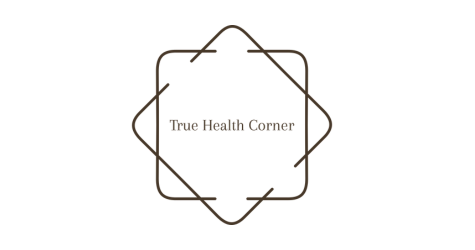Making healthy food choices is very important for women when pregnant. Their diet will provide the right nutrients for the baby to develop and grow and it should keep the…
· In: Wellness
Making healthy food choices is very important for women when pregnant. Their diet will provide the right nutrients for the baby to develop and grow and it should keep the…
